Today our focus is on how to improve storytelling ability. Another time we are getting into the topic of becoming a better writer; however, this time, the focus is on the art of storytelling.
We will give you exercises to improve storytelling and easy tips to become a better writer, so keep reading.
What is storytelling?
Well, the word storytelling sums itself up. As the name says, the art of storytelling is all about telling enticing stories, but let’s see the official definition.
“Storytelling is the social and cultural activity of sharing stories, sometimes with improvisation, theatrics or embellishment. Every culture has its own stories or narratives, which are shared as a means of entertainment, education, cultural preservation or instilling moral values.” Wikipedia states.
“Crucial elements of stories and storytelling include plot, characters, and narrative point of view. The term ‘storytelling’ can refer specifically to oral storytelling but also broadly to techniques used in other media to unfold or disclose the narrative of a story.”
Stories have always been the number one way of communication, and people love them. The goal of these stories is to engage your readers, reach new followers, and share the information you have.

To help your words make more sense and tell the story in a more exciting way, make sure to include photographs, illustrations, or videos. You can even tell whole stories with pictures without using one written word.
Why storytelling matters
Stories are vital because they are used, in an enticing way, to transfer knowledge, rules, ethics and morals across generations. Each story can teach us something new, such as knowing the difference between right and wrong or what our society deems fair. Stories can add clarity and inspire people, and it’s always nice when you can be a good example to someone.
Many research studies have shown that learning is easier when we do so through stories. So, obviously, well-structured stories are essential and have a significant influence.
Read more: How To Start A Blog And Get Paid
“Organizational psychologist Peg Neuhauser found that learning which stems from a well-told story is remembered more accurately, and for far longer, than learning derived from facts and figures.” according to Harvard Business.
“Similarly, psychologist Jerome Bruner’s research suggests that facts are 20 times more likely to be remembered if they’re part of a story.”
Therefore, tell good stories if you want people to remember what you are teaching them. Everyone learns better through storytelling, whether it’s your kids, friends, or subordinates at work. While doing so, you will also improve your writing and communication skills.
The art of storytelling
As an example of great storytelling, let’s look at a short story we all know – The Boy Who Cried Wolf. I’ll summarize it so everyone can remember the story.
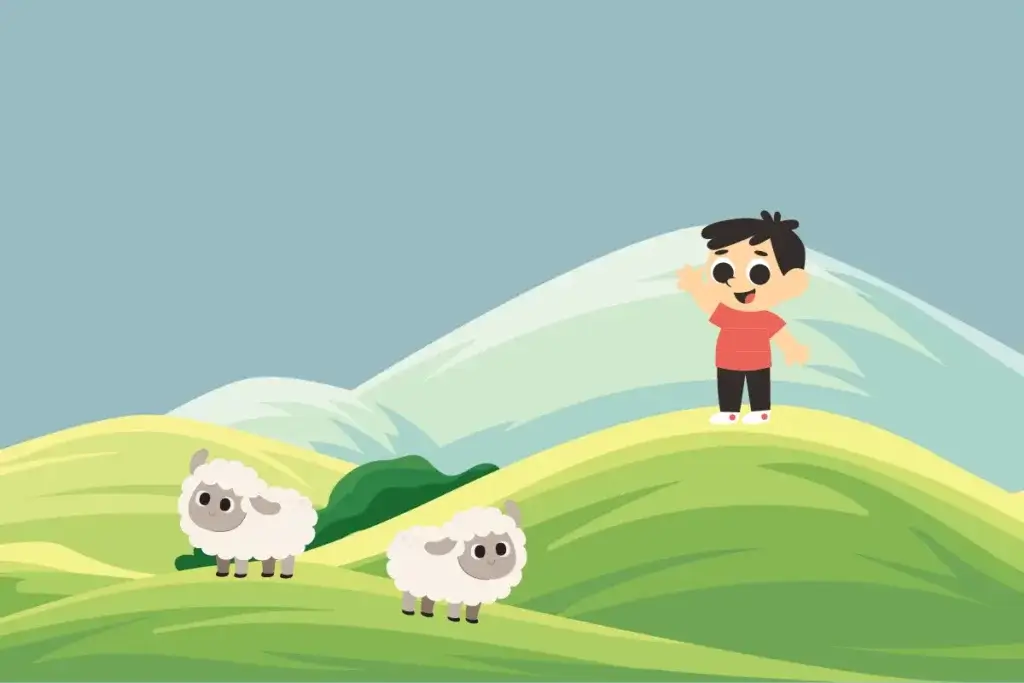
Once upon a time, a young boy lived in the countryside. He had a job as a sheep-watcher in the hills. Long hours and serene landscapes often bored this boy, so he found a way to entertain himself.
The boy would yell at the top of his lungs to warn the nearby residents of danger in the air. “Wolf! The wolf is attacking; watch out!” the boy would scream.
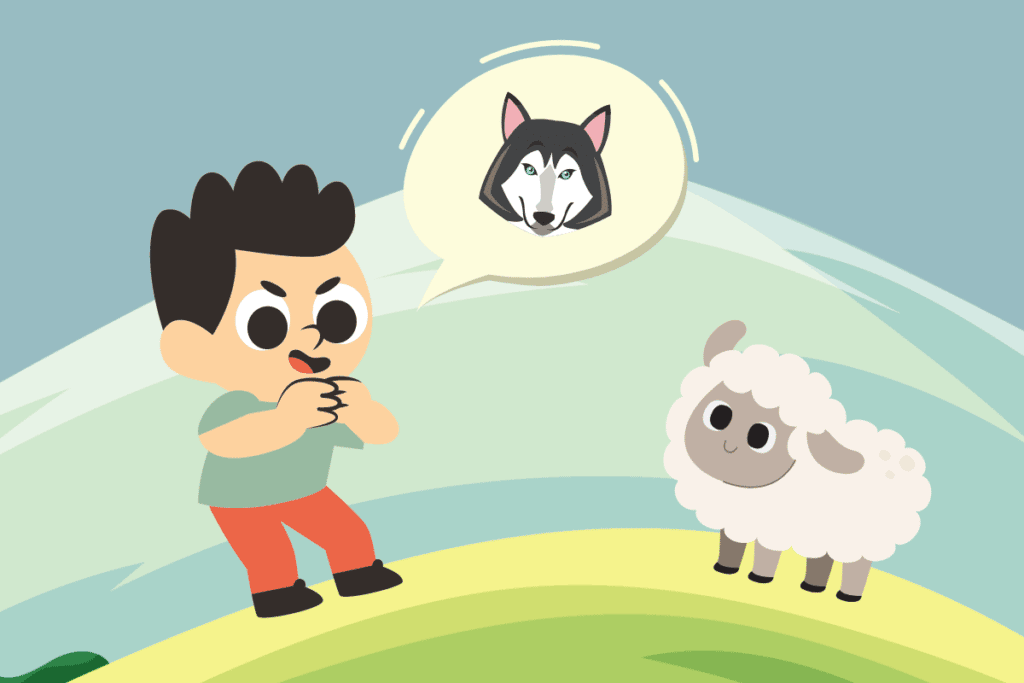
After hearing the cries for help, the brave villagers ran up the hill to scare the wolf away and save the boy. But, when they arrived, all they found was a giggling boy whose prank had worked.
The villagers were furious. Before leaving, while swearing hastily, the elders warned the boy not to raise false alarms – “Don’t scream wolf, boy, when there is no wolf!”
Not long after, watching sheep has again become dreaded work, so the boy did it again. “Wolf! The wolf is coming,” boy yelled again. Once again, his trick worked, he thought to himself, amused while watching the villagers climb the hill in panic.
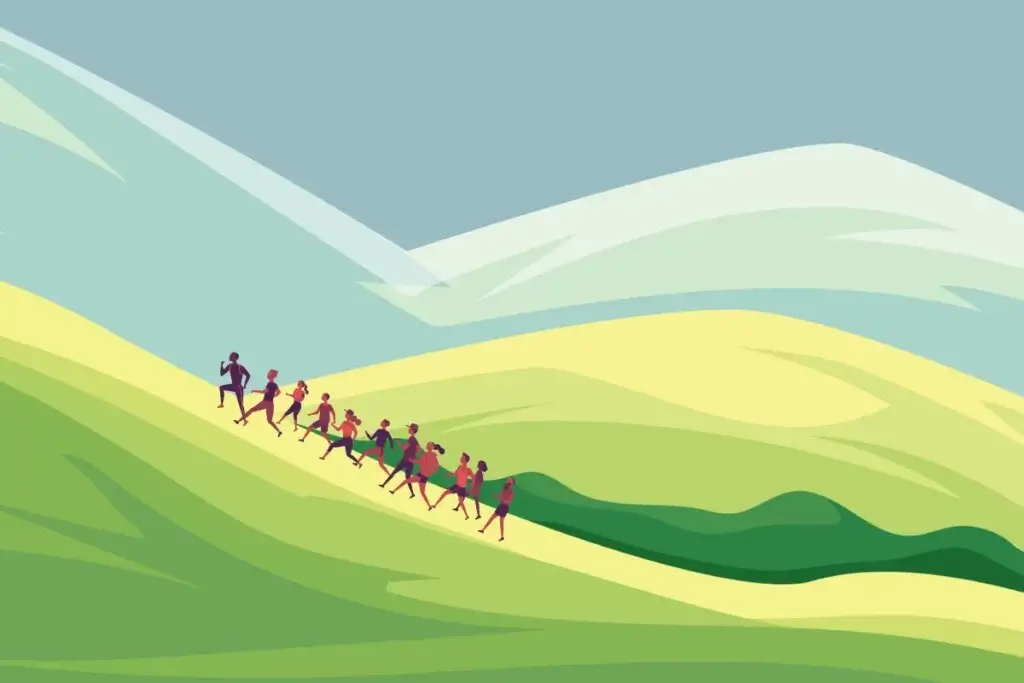
“This is one rude boy,” the villagers thought to themselves after arriving at the top of the hill and realizing there was no wolf. “We will not be his objects of ridicule.” Just like the last time, the angry people warned the boy that nobody would believe him again and descended the hill.
Later, the real danger came lurking around. A big, black wolf started circling around the herd. As soon as the boy noticed the wolf, he jumped and started screaming as loud as he could. “Wolf! Wolf! Please help!” the boy yells, but nobody is coming to help. So he yells again, but nobody is climbing the hill to save him.
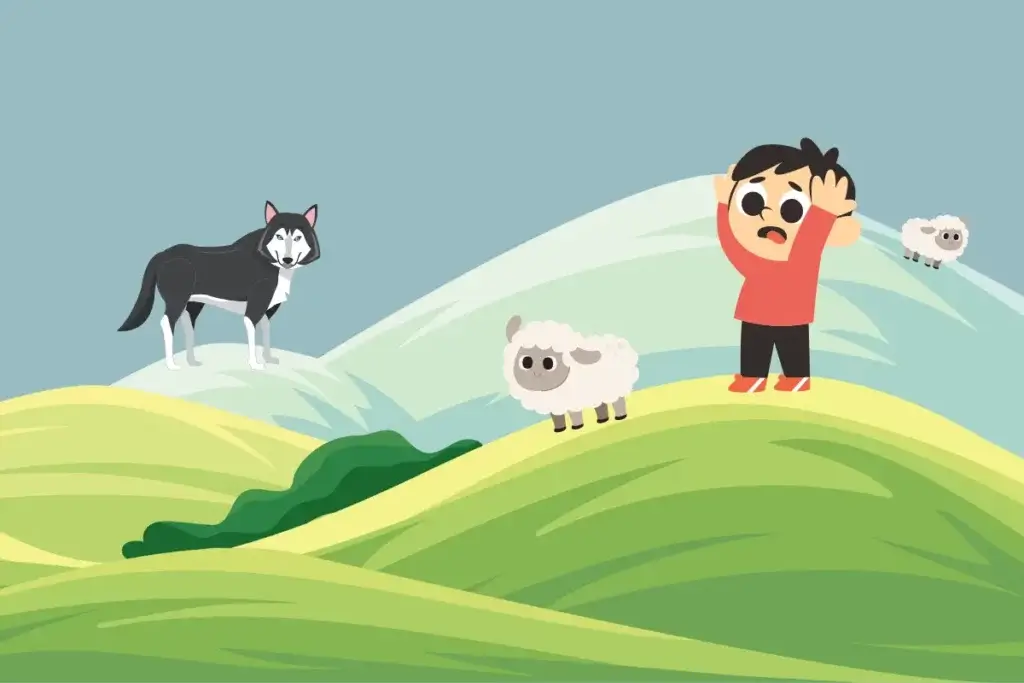
A couple of hours later, the villagers saw the boy didn’t return with their sheep, so they went to check it out. As soon as they climbed to the top, they found a shivering boy hidden in the bushes, who ran into their arms. He told the villagers that the wolf was there, and he screamed and screamed for help, but nobody came.
As an older man comforted the boy, assuring him the wolf was gone and he was safe now, he convinced the boy to learn his lesson. “Don’t ever do that again. Nobody believes a liar, even when he is finally telling the truth.”
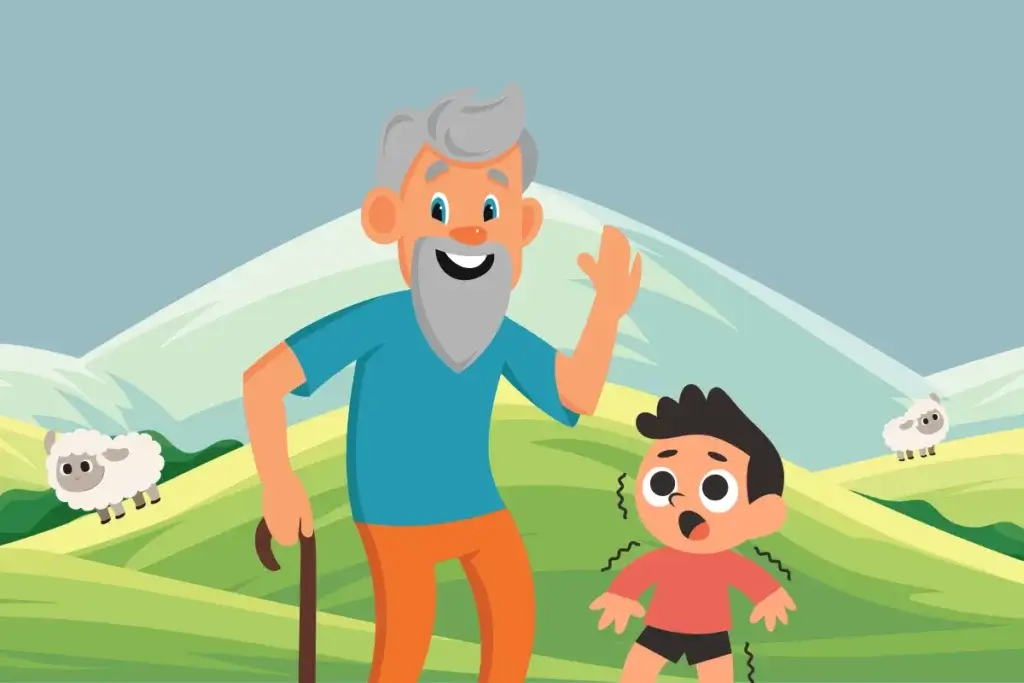
This is called a moral story, and the moral of this story is to be an honest and truthful person. Otherwise, you will lose people’s trust, and there won’t be anyone when you need them.
Same story, different storytelling
We will now tell the same story in a straightforward, one-paragraph format:
Once, a sheep-watcher boy got bored, so he decided to prank the villagers by raising the alarm that a wolf was around and attacking the sheep. The boy yelled, ‘Wolf, wolf!’ so the villagers came to rescue. To their surprise, there was no wolf, just a laughing boy. They warned the boy and went home. The next day he did it again. Then the next, again. Sometime after, while watching the herd, the boy noticed a big black wolf sneaking around. He screamed and screamed for help, but nobody came. When the villagers saw that boy didn’t return with the sheep, they went to check out. They found a scared boy who learned his lesson – liars will not be rewarded, and even when they are telling the truth, no one believes them.

What do you think, which story will be easier to comprehend for a person, especially a kid? They both tell the story of a Boy Who Cried Wolf in entirely different ways. Yet, both these ways could work, depending on your target audience and the subjects of your writing.
Adapt your story to the target market – the first story is told in a more playful, child-friendly way that will help them learn a lesson. The second one is more official and serious. This can be a better approach if, for example, you are a business or police organization running a campaign to minimize prank calls.
This is why storytelling is essential, and this is how to improve storytelling skills. Make it exciting and educational, and the people will read and understand it.
So, how to improve your storytelling ability?
Before we get into the tips and exercises, here are a couple of rules of storytelling you should follow.
Any story must have a beginning and end, its heads and tails. This makes the story easier to follow and understand, which is crucial to keep the readers reading.
Read more: The Best Book Writing Software (Free & Paid)
We have made this simple infographic to show you how you can use illustrations and images to inform in an engaging way. Our goal was to share what a simple story structure should look like. It’s simple yet attention-grabbing and effective – check it out.
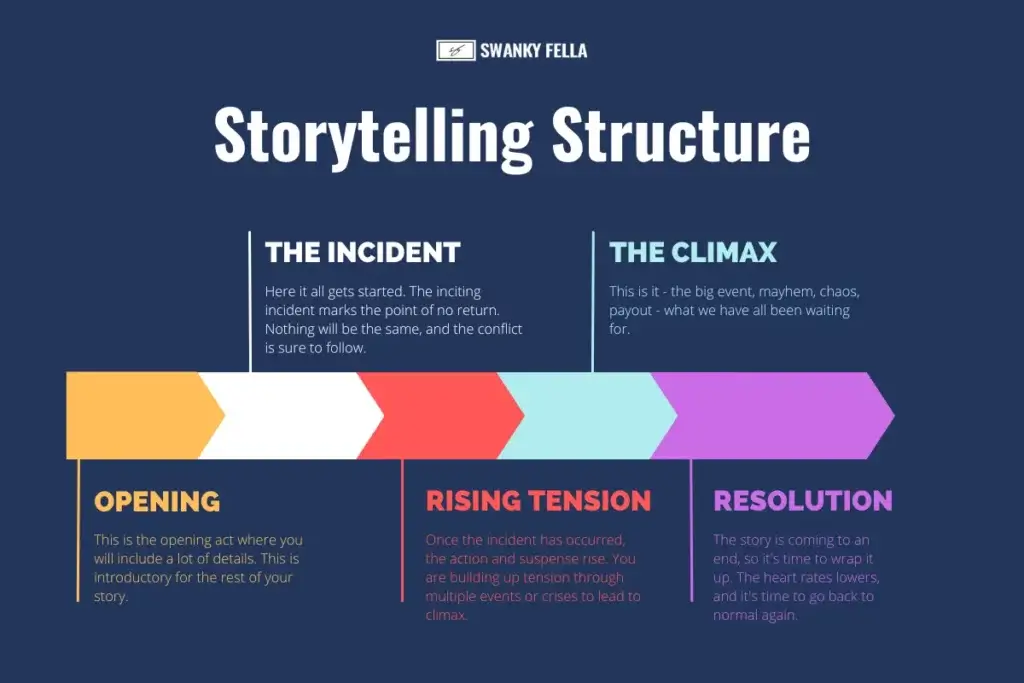
The other important tip is to observe and read what others are saying. The ones that make an impression on you that is. It doesn’t matter what format the content is – whether it’s a book, a podcast, or a video – the incorporation will be effortless after careful observation.
Think of what your readers want to read and ensure you understand user intent. What do they feel when they read what you wrote? What do you want them to feel? Provoke some emotional reaction in them.
It is crucial to put yourself in their shoes and try to think as your audience does so you can understand what moves them, why they chose you, and how you can deepen that relationship. It works the same for fiction novels or business writing.
If you have real-life experiences you can use to deepen your story or get inspiration, be bold in using them. Then, the people reading your storytelling will appreciate your authenticity.
Exercises to improve storytelling skills
We have a couple of exercises to improve storytelling skills ready for you. These are crucial for developing your writing skills and creative process and will also help improve storytelling techniques.
The number one exercise, of course, is to create new stories, as many as possible. Write, write, and then write some more. Why not start a journaling habit? Practice makes perfect, and the more you do it, the easier it will become. In the meantime, you will improve your writing and communication skills.
The second one is the ‘watch & critique’ storytelling technique. Like I have said before, it is crucial to observe other established writers you can learn from. Take it a step further and make small case studies out of it – listen to stories and review them in detail.
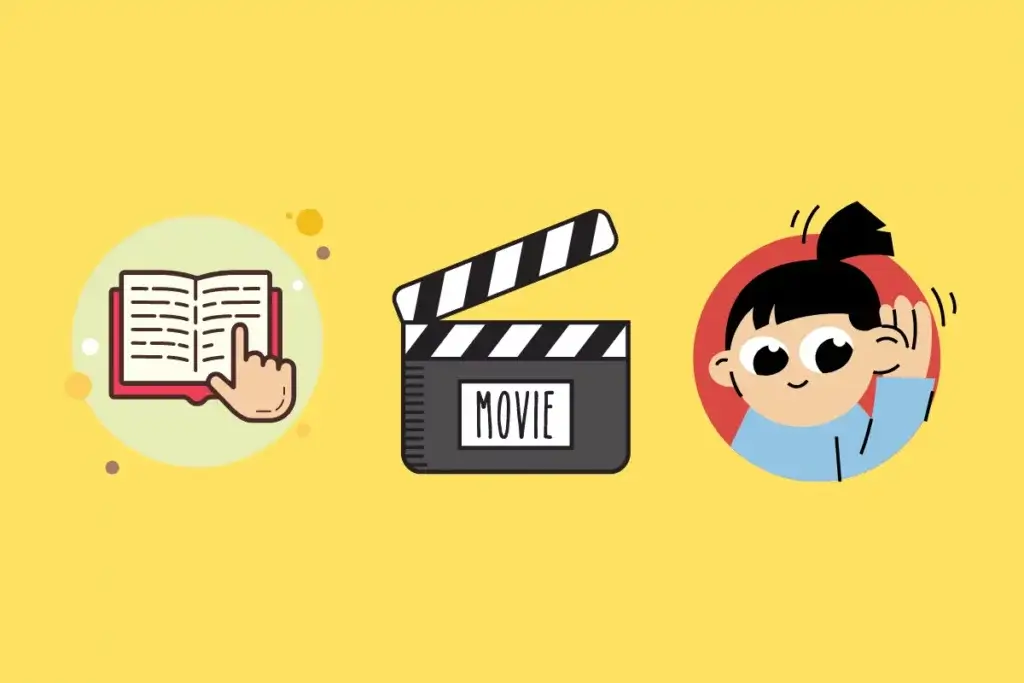
Here are some of the general questions you can ask yourself:
- Does the story have a clear structure?
- Is the story arc well established and following structure?
- Which techniques and styles of writing did the writer use?
- Can you improve storytelling techniques?
- What makes the story?
- What did you like about it?
- How would you improve it?
Many times that I have gone through this questioning process, I actually got great writing ideas. While answering the questions, I would figure out how to improve someone else’s writing. I’m not talking about copying, but being a better storyteller than your competitors or inspiration. So, use the weaknesses in others’ writing to bring advantages to your stories.
One last storytelling exercise we recommend is the easiest one to apply. You can use it anywhere and everywhere. Tell. More. Stories. Whenever and wherever talk more and tell various stories. See how people react, and then adapt the uninteresting and lousy parts. Turn them into something that your readers won’t skip when you decide to write and publish your story. Again, find a weakness, yet this time in your own stories, and use it to your advantage.
Examples of storytelling
As mentioned before, the goal of this article was to show how to improve storytelling skills, with storytelling.
You can see from this example that the articles with informative and engaging images make for a lot more exciting read. Using storytelling in a blog post, if done right, can make your writing a lot easier to understand and share.
Like our post on what is sudoku. We have again used a bunch of printable puzzles to explain how to play sudoku. This time the images were crucial because, with subjects like sudoku, people will learn the visual way, by looking or playing.

Or this one for a limited edition G-Shock X Super Mario Bros. collaboration, showing images from the carton box to the watch case back. We, as people, are often the visual types, so use that when you can. But, of course, there are subjects where you will have zero inspiration for imagery – and that’s okay – but your words have to shine then.
In a more serious example, we have used the storytelling techniques mentioned before when creating our about page. There are no distractions, just a clear, concise, and structured message. A message that we want our readers to hear. For all the web admins and web admins-to-be, here you can read how to write a converting about me page for a website.
The bottom line
Whether you want to improve storytelling skills for business, or writing a personal diary, the tactics are the same. So, give your story a unique angle, scramble boring data into fun infographics if you can, and keep it interesting. Remember proper story structuring and grammar spell-check, and you’re golden.
That’s how to improve your storytelling ability – now get creative. If you decide to write a short story yourself, make sure to share it with us.
